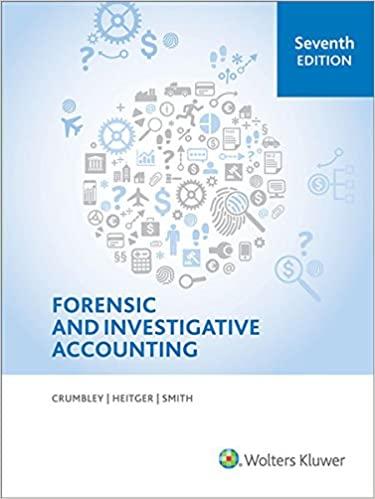Answered step by step
Verified Expert Solution
Question
1 Approved Answer
Consider a theme park with a roller coaster, ferris wheel, and several other rides that visitors would like to experience. It is not a common
Consider a theme park with a roller coaster, ferris wheel, and several other rides that visitors would like to experience. It is not a common thing to observe visitors to come just by themselves. They usually come as families or groups, hence they usually want to get on a ride as a group. The rides serve visitor in periodic rounds and, in each round, a ride can serve to a limited number of visitors due to its capacity. Of course, the rides may have different capacities based on their design. Visitor groups do not have intention to get on all rides, only the ones that they are interested in, and they do not follow a certain route or order to experience the rides. When a group wants to experience a ride, they get in the queue in front of the ride and there, they are being informed on for how many minutes that they are going to wait until they get on the ride.
Recently, the management gets too many complaints on excessive waiting times in the queues of favorable rides. A fast-pass idea to solve this problem is offered by customer relations. The visitors, who would like to pay for an additional fee for a fast-pass ticket will be able to get in front of the queue of a ride, but only in-between certain hours.
The management would like to use the simulation methodology to test the new fast-pass policy and determine the most suitable time intervals for each ride to enable fast-pass queues so that the average queue waiting times are minimized.
(a) (6p.) Write down two possible types of entities which should be introduced in the simulation model of this system.
(b) (12p.) For each of the entities you have named, define three relevant attributes. There should be six attributes in total.
(c) (6p.) Name three different state variables which should be tracked in the simulation model of this system.
(d) (6p.) For each of the state variables that you have named, define an event that may possibly change that state variable. There should be three events in total.
Step by Step Solution
There are 3 Steps involved in it
Step: 1

Get Instant Access to Expert-Tailored Solutions
See step-by-step solutions with expert insights and AI powered tools for academic success
Step: 2

Step: 3

Ace Your Homework with AI
Get the answers you need in no time with our AI-driven, step-by-step assistance
Get Started


